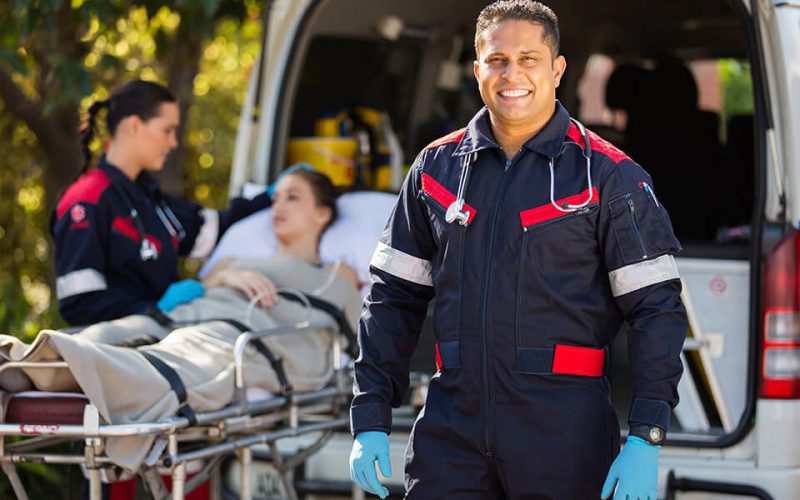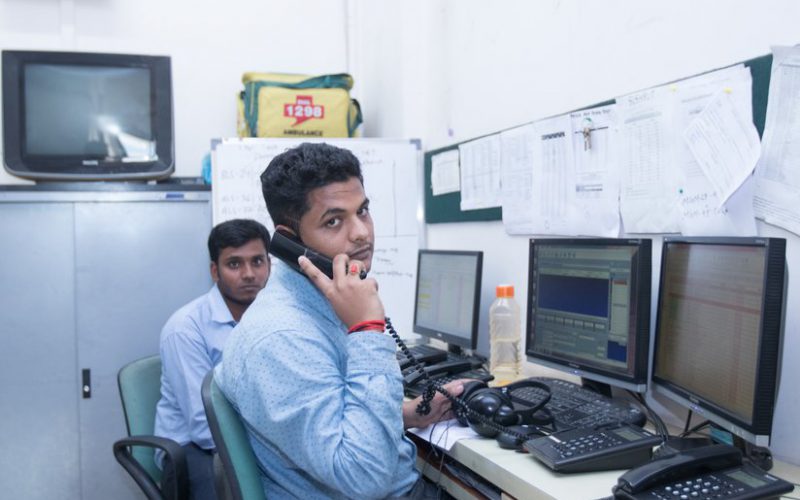It is a proven fact that a patient who receives basic emergency medical care from trained professionals and is transported to the nearest healthcare facility within 15-20 minutes of an accident has the highest chances of survival. Every effort taken by paramedics – no matter how small – during the patient’s Golden Hour, can make all the difference between a life saved or lost.
Emergency Medical Services (EMS) is a concept developed in the United States and Europe, but has comparatively new beginnings in India. It has been founded on the concept that life-saving care administered to the patient during the Golden Hour can result in improved outcomes and decreased morbidity and mortality.
EMS systems are broadly made up of two types of medical response units: Rapid Responder Ambulances (RRAs) and Regular Transport Ambulances (RTAs). Rapid Responder Ambulances cater to those critical emergency situations that demand necessary care and attention, whereas Regular Transport Ambulances however manage those medical situations that are not as critical.
If trained Emergency Medical Technicians (EMTs) and paramedics arrive at the scene of the emergency during the Golden Hour they can analyse, gauge and provide an immediate assessment of life threats and administer care to stabilize the patient. In addition, less-critical patients can be made more comfortable during the transport to the hospital by the provision of oxygen, IV fluids, and medication by the trained paramedics.
In countries like the United States and Europe, where EMS are more developed, they have similar systems that are easily accessible via a universal phone number, centralized dispatch and rapid response providers. England in particular is said to have one of the world’s best EMS, and the same can be said about Australia, which follows a similar mode of operations. Here, physicians rarely attend to patients on ambulances. Highly trained paramedics assess the patient for critical needs, provide stabilization care, and initiate rapid transport to the hospital emergency department.
Although emergency medical services are on the rise in India, much is yet to be developed, if we are to be on par with our Western counterparts. As a country with over a billion people, India is in need of a better emergency medical service to meet the growing number of emergencies. What exists currently in the form of fragmented services scattered across the country, falls short of meeting the necessary requirements.But with the entry of private players like Ziqitza HealthCare Ltd. there have been considerable efforts to develop emergency services in India.
In addition to the efforts put in by the progressive Government as well as EMS operators, much needs to be done to create awareness about the advantages of them. A great portion of the Indian population is not aware of the emergency services available via a phone call by dialing 112, India’s India’s all-in-one emergency number. To reach out to the large population in desperate need of quality medical care, there is a need for implementing an organised pre-hospital care system in India – a vision Ziqitza HealthCare Ltd. aims to bring to life.



